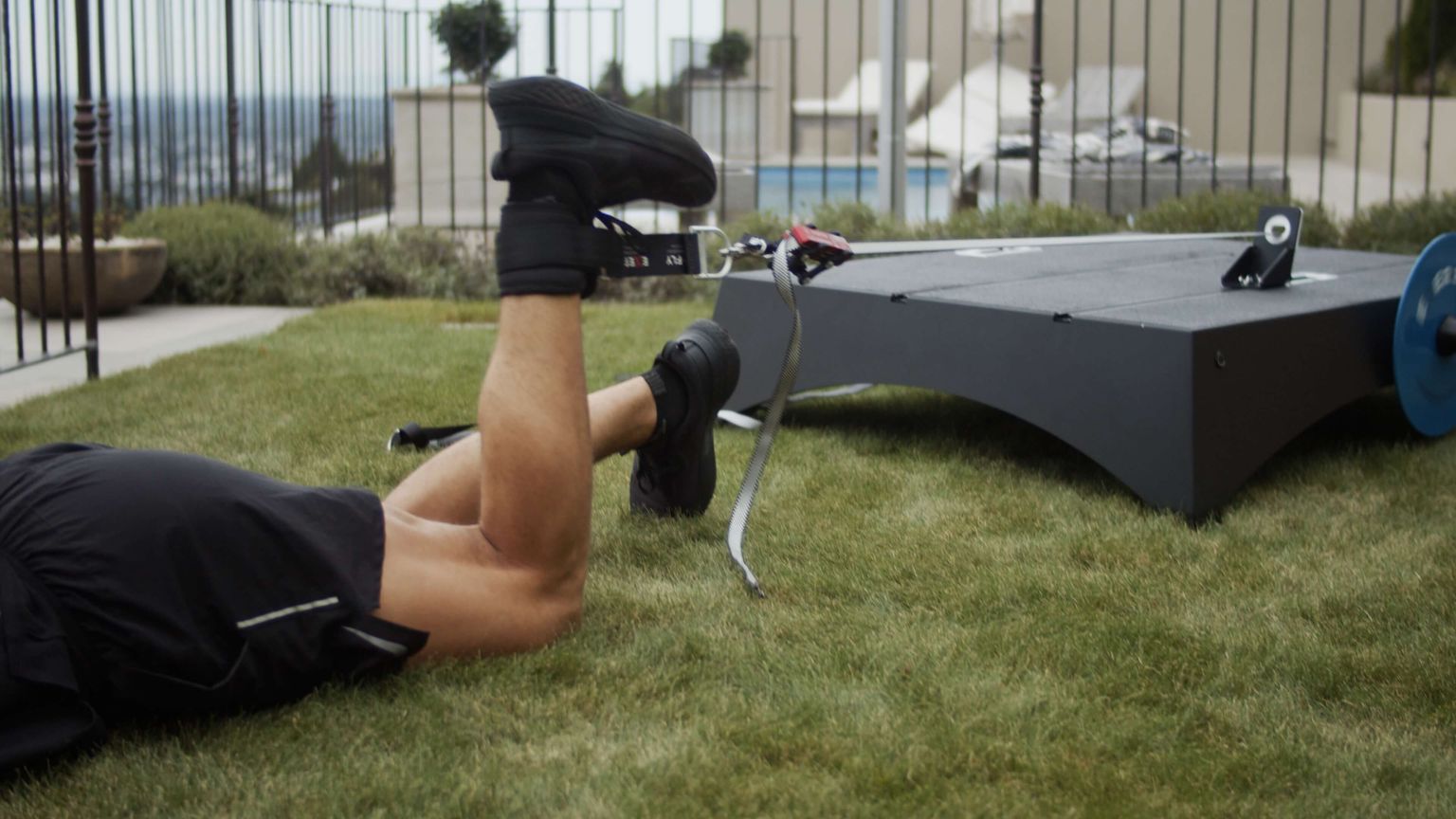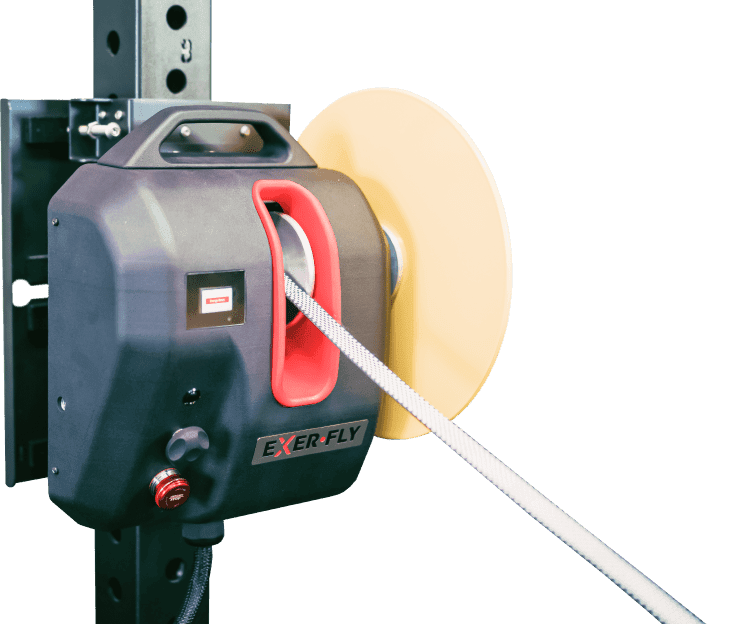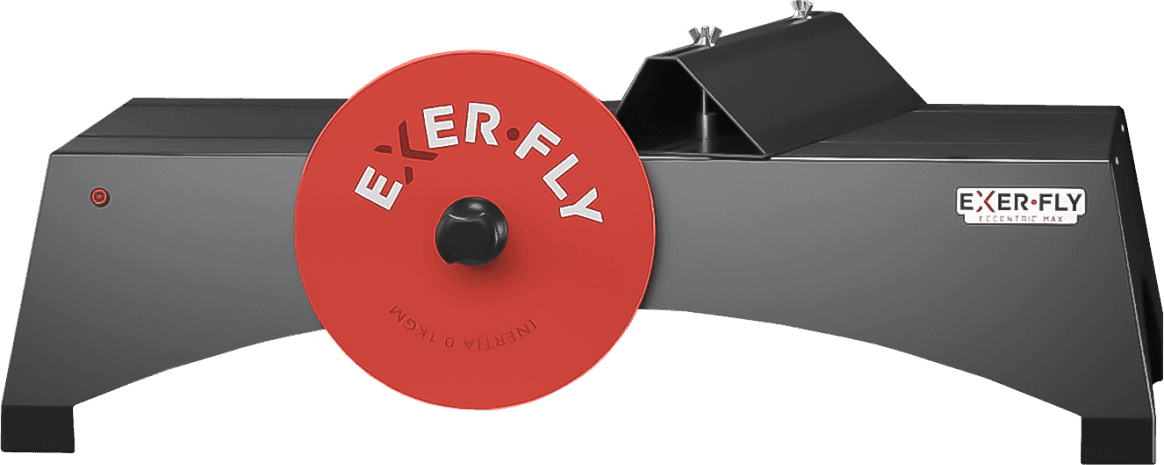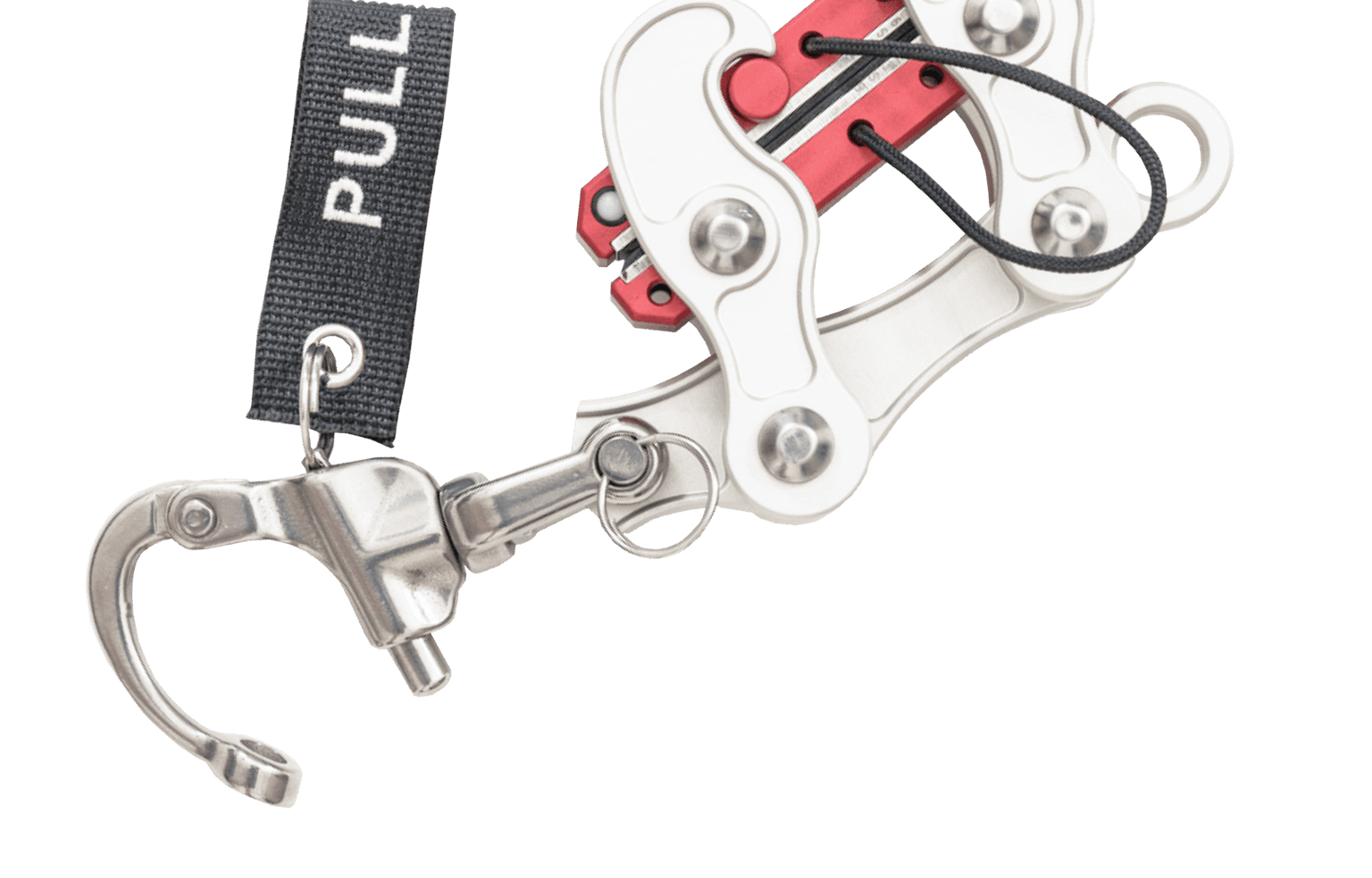
Hamstring injury occurrence in elite soccer players after preseason strength training with eccentric overload.
Introduction
Hamstring injuries are common in sports involving explosive speed and power, such as football. 80% of all muscle strains in soccer players occurred in the lower body, and 47% of these injuries were to the hamstring.
Muscle strength deficiency has been recognized as one of several risk factors for hamstring injuries. Strength training has been widely advocated as a preventative measure for hamstring muscle injuries.
This study evaluated whether a preseason strength training program emphasizing eccentric overload training on the hamstring muscle group would affect the occurrence and severity of hamstring injuries in elite male soccer players during the competition season.
What They Did
30 players from the best premier league division teams in Sweden were divided into two groups:
- Group A received additional specific hamstring training performed 1-2 times per week for 10 weeks, using a unique flywheel device aiming at specific eccentric overloading of the hamstrings.
- Group B did not receive additional specific hamstring training.
Isokinetic hamstring strength and maximal running speed were measured in both groups after the 10 weeks, and all hamstring injuries were recorded for 10 months.
The hamstring training consisted of concentric and eccentric actions performed on a flywheel device that could be set into rotational motion via concentric muscle action and then decelerated using eccentric muscle action.
Eccentric overload was achieved by performing the eccentric action over a smaller angular displacement with a greater muscle torque than the concentric one.
What They Found
The study revealed that hamstring strain injuries were significantly lower in Group A (3/15) than in Group B (10/15). Group A also experienced significant increases in strength and speed.
- Isokinetic muscle strength: Group A significantly increased eccentric and concentric knee flexor strength, whereas Group B did not.
- Running speed: Group A's 30m maximal speed running was faster in the post-test compared to the pre-test, whereas Group B had no changes.
- Injury occurrence: Over the next 10 months, 13 hamstring injuries were reported across Group A and B during the competition season- 3 in Group A and 10 in Group B.
In the interviews after the training period, most of Group A considered the extra hamstring training significant and were receptive to continuing the program. 5 of the players would recommend preparing for the whole season with additional hamstring training, whereas 6 recommended it be only part of the preseason schedule.
Practical Application
This case indicates that incorporating a specific preseason strength training routine for hamstrings, including eccentric overload, is beneficial for elite male soccer players from injury prevention and performance-enhancing perspectives.
If you are a coach or an athlete, set up a 10-week strength training targeting a specific muscle group leading up to your competitive season. See the checklist below for what you need to prepare adequately:
- Think of the sport you play and your history of injuries. Is there a particular muscle injury that keeps reoccurring or is of high risk to you?
- Curate a program of exercises and movements that target this muscle group, and map out how you will eccentrically overload over 10 weeks. We have a list of tutorials on our youtube channel and a videos section on our website for you to browse.
If you want to follow the training program of the study:
- Your training program will consist of 16 sessions of specific hamstring strength training, every 5 days for the first 4 weeks and every 4 days for the last 6 weeks.
- After a standardized warm-up period, the hamstring training must be performed in a non-fatigued state, e.g., 15min jogging/cycling.
- The hamstring training consists of concentric and eccentric actions performed on a flywheel device.
- Perform bilateral knee flexor actions in a prone position, accelerating the flywheel by concentric hamstring action and then decelerating it with eccentric action of the same muscle group.
- Apply maximal effort from a straight knee position until full knee flexion (130-140 degrees)
- Start braking upon passing the 90-degree position on the way back. Continue braking with maximal effort until your knees are straight.
- Once the flywheel has come to a stop, start the next cycle.
- Each training session consists of four sets with eight reparations, the first set serving as a warm-up.
- Rest 1 minute between sets.
Book a free consultation with Exerfly to discuss which flywheel device is better suited for your circumstances. We have a range of equipment to choose from!
When you have your Exerfly, practice training on the equipment before launching your strength training program to get a feel for it. Consult with our friendly team for any health and safety concerns. We have a panel of experts and sports professionals worldwide who are happy to connect with members of the Exerfly community for any direction on the flywheel training journey. Happy training!
Reference






